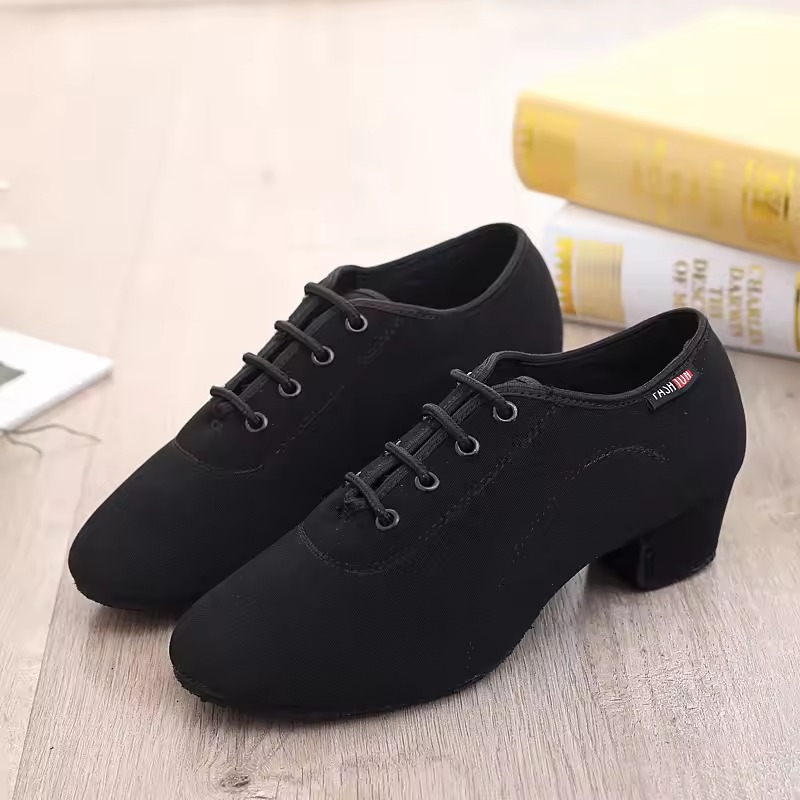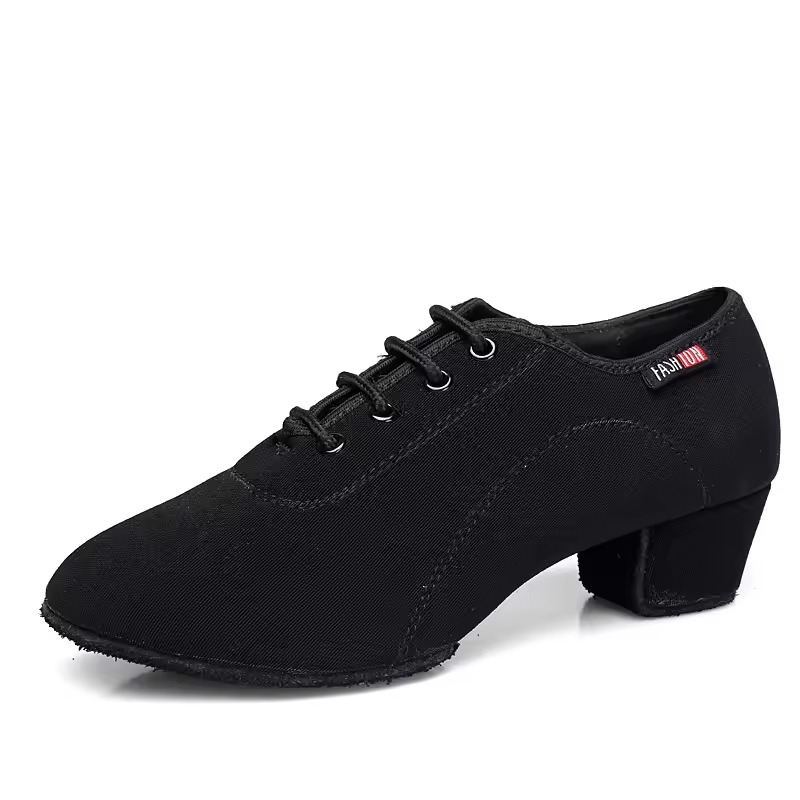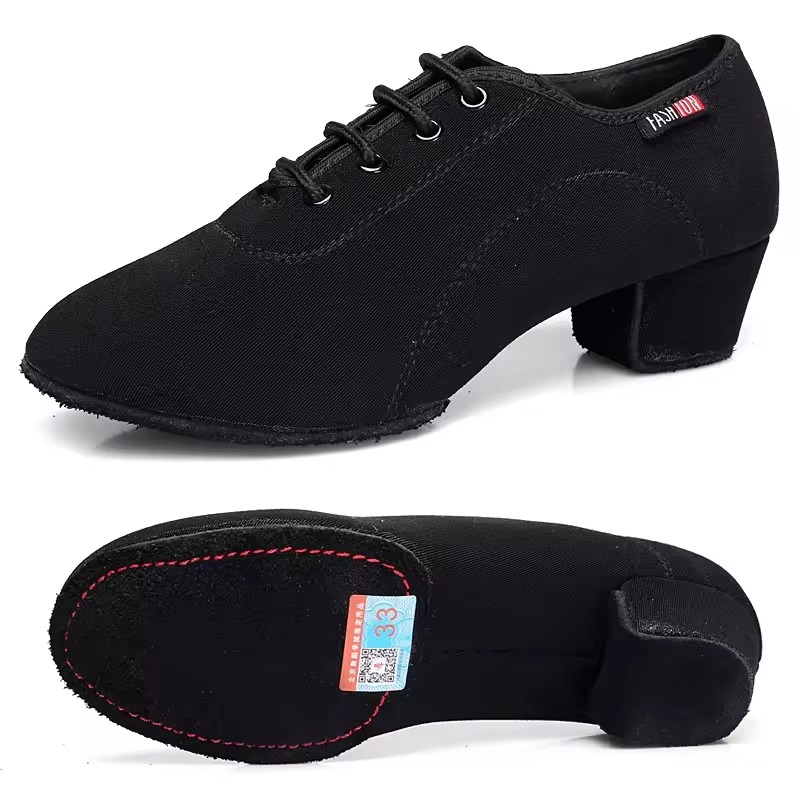Importance of Selecting Proper Dancing Shoes
Selecting good dancing shoes is vital for any dancer. The right pair supports your feet during strenuous moves. It reduces injury risks and enhances performance. Dancing places a lot of strain on the legs and feet. Quality shoes absorb impact and provide essential support. They also improve balance and flexibility, which are crucial for most dance styles. Good dancing shoes align with the dance’s demands. For ballet, shoes allow graceful, flowing movements. In tap dancing, they amplify sound. And in ballroom, they enable smooth gliding across the floor. With the right shoes, dancers feel confident and focus on technique, not discomfort. Remember, the wrong shoes can disrupt a performance and may lead to long-term foot problems. It’s a decision that goes beyond style; it impacts a dancer’s health and artistry.

Different Types of Dancing Shoes
When choosing good dancing shoes, consider the variety specific to your dance form. Every dance has unique needs, and shoes are designed to meet those requirements. Here, we will explore five major types for different styles.
Ballet Shoes
Ballet shoes are lightweight and flexible, allowing dancers to perform delicate movements. They usually have a soft leather or canvas upper and a thin leather sole. This design gives the dancer essential foot flexibility and a good feel of the dance floor.
Jazz Shoes
Jazz shoes support the quick footwork in jazz dancing. They are often made of leather or synthetic materials, with a split sole for more flexibility. This helps dancers execute sharp turns and intricate footwork with ease.
Ballroom Dance Shoes
Ballroom dance shoes feature suede soles for proper grip and smooth turns. The soles are also thin to enhance connection with the dance floor. Low heels are standard for men, while women might wear higher, flared heels for stability during spins.
Hip-Hop Dance Sneakers
Hip-hop dance sneakers offer the support needed for the intense movements characteristic of hip-hop. They have thick soles for shock absorption and may include extra padding around the ankles. Comfort, support, and flexibility are key for these shoes.
Tap Shoes
Tap shoes are unique for their metal taps on the heel and toe. These taps create the distinctive sounds in tap dancing. The right pair should be secure and comfortable, allowing dancers to produce clear, crisp sounds with every step.
Factors to Consider When Choosing Dance Shoes
Selecting good dancing shoes isn’t just about style. It’s about comfort, performance, and preventing injury. Below are key factors every dancer should consider before making a purchase.
Comfort and Fit
Comfort is king when it comes to dance shoes. Look for a snug fit but not too tight. Your toes should have room to move without sliding around. A good fit prevents blisters and provides stability during dance routines. Ensure the shoes have adequate arch support and padding.
Sole Flexibility
The shoe’s sole must be flexible enough to allow natural foot movement. A stiff sole can hinder your dance steps. Sole flexibility varies between dance styles. Ballet shoes have thin soles for maximum flexibility, while hip-hop shoes offer more rigidity for support.
Heel Height and Shape
Heel height impacts balance. Ballroom dancers need different heels than those in jazz or hip-hop. Choose a heel height that complements your dance style and skill level. Consider the heel shape as well, which should aid your movement and not cause strain.

Material and Durability
Quality materials mean better durability. Leather or canvas can be good choices, depending on the dance form. The right material will endure the wear and tear of dance practices and performances. It also affects breathability and how well the shoe molds to your foot.
When choosing your dance shoes, remember to weigh these factors carefully. Your choice should match your dance needs and help you perform at your best.
How to Determine the Right Size and Fit
Determining the right size and fit is crucial for good dancing shoes. To ensure the best fit, consider these tips:
- Measure Your Feet: Your foot size can change over time. Measure both feet since one may be larger.
- Consider the Socks: Think about the socks or tights you will wear with the shoes. Try on shoes with them.
- Check for Space: There should be a thumb’s width of space at the front of the shoe.
- Walk Around: Wear the shoes and walk around to gauge comfort and fit. They should not pinch or slip off.
- Try Dancing: Do some dance moves within the store, if possible, to check that shoes flex with your feet.
- Seek Expert Advice: Where possible, consult a dancewear specialist for fitting advice.
A perfect fit contributes to your confidence and ability to perform complex moves without discomfort. Always try shoes in the late afternoon when feet are likely more swollen from the day’s activities to get a fit that will be comfortable throughout dance sessions. Remember, good dancing shoes should feel like an extension of your feet.
The Role of Arch Support and Cushioning in Dance Shoes
When considering good dancing shoes, don’t overlook the impact of arch support and cushioning. These elements are vital for dancers to maintain foot health and overall comfort. Let’s break down their importance in your dancing shoes:
Arch Support
- Prevents Collapse: Proper arch support prevents the arch from collapsing, reducing strain on muscles and ligaments.
- Adds Stability: It helps in stabilizing your foot, which is essential during quick directional changes.
- Enhances Comfort: Good arch support can reduce fatigue, allowing you to dance longer without discomfort.
Ensure that you choose a shoe with the right level of arch support for your foot type and dance style.
Cushioning
- Absorbs Shock: The right cushioning absorbs the shock that comes from jumping, landing, or brisk movements.
- Protects Joints: It helps in protecting your knees, hips, and back from the stress of dancing.
- Improves Performance: With better cushioning, dancers can execute moves with more precision and less pain.
When trying on dance shoes, pay attention to the feel of the insole and how well it cushions your foot. Remember, while good dancing shoes may focus on flexibility and fit, the role of arch support and cushioning should never be underestimated.
Maintaining and Caring for Your Dancing Shoes
Choosing good dancing shoes is just the beginning. Proper maintenance ensures they last longer and perform well. Here are tips to care for your dance shoes:
- Clean Regularly: Wipe off dirt and sweat after each use. For leather, use a suitable cleaner. Canvas shoes may need washing.
- Dry Them Out: Never leave shoes damp. Let them air dry away from direct heat which can warp them.
- Use Shoe Trees: Insert cedar shoe trees to hold shape and absorb moisture. This helps prevent odor too.
- Rotate Pairs: If you dance often, rotate between two pairs. This lets each pair rest and reduces wear.
- Check Soles: Look for wear on soles and taps. Replace parts before they fail completely.
- Store Properly: Keep your shoes in a cool, dry place. A breathable bag is ideal for transport.
With these steps, your good dancing shoes will support each step and turn, session after session.
Recommendations for Popular Dancing Shoe Brands and Models
After discussing the importance of good dancing shoes and how to choose them, it’s time to talk brands and models. Below are some popular choices that cater to various dancing styles:
Ballet Shoes
- Capezio: Renowned for ballet footwear, Capezio offers options like the Daisy and Juliet models.
- Bloch: The brand’s Pump and Synchrony shoes are highlights for their superior fit and comfort.
Jazz Shoes
- Bloch Super Jazz Shoe: A favorite for its split sole and snug fit.
- Capezio Split Sole Jazz Shoe: Known for its flexibility and comfort during dynamic moves.
Ballroom Dance Shoes
- Supadance: This brand offers shoes with varied heel heights, liked for their balance and style.
- International Dance Shoes: Their designs provide support and ease for complex ballroom steps.
Hip-Hop Dance Sneakers
- Nike Dance Sneaker: A go-to for hip-hop dancers seeking both function and fashion.
- Adidas Performance: Their sneakers ensure comfort during intense dance sessions.
Tap Shoes
- Bloch Jason Samuels Smith Tap Shoe: Offers clarity of sound and durability.
- Capezio Tapsonic: Known for customizable taps and a high level of comfort.
Choose a brand and model that aligns with your comfort, performance needs, and durability requirements. Trust in these recommendations for good dancing shoes to enhance your practice and performances. Always remember to try them on to find the perfect pair for your feet and dancing style.
